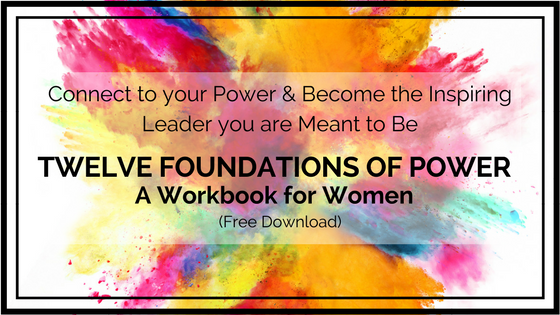As ongoing research emerges looking more closely at how human beings perceive, think and act we are learning that these systems - of perception, thought, decision-making, action are utterly interconnected with our felt (embodied) experience.
Writers, researchers and trainers leading the field of organizational health and leadership are putting the pieces together for how these new understandings inform and enhance team and leadership development. One of the bold new statements emerging is that not only do we need to consider and include our emotional selves in these processes but that the sensory component of feeling is a key part of this.
Christine Comaford is one such leader in the field. In her book ‘Power Your Tribe’ she explains how neuro-linguistic programming has named that “the human organism will always move toward the best kinaesthetic feeling (also referred to as a K), which is the feeling or emotion we associate with a given experience”. She goes on to say “If we want to inspire a new behaviour in people to achieve better results, then we need to create a better K around what we want those people (or ourselves) to do versus the pattern they (or we) keep repeating, which currently has the best K (or least bad K).”
Having spent thousands of hours training and dancing professionally, my experience from the inside, working with the body and its capacities intimately, is in complete agreement with Comaford’s perspectives expressed above. If we are paying attention, the body will naturally move towards greater health. The challenge with the above statement however is that it assumes that we (or the client) have/has the capacity to sense and discern the best K. What she doesn’t mention here is that this part of the process is often more challenging then we might think.
The problem is threefold:
Firstly - most of us are not ‘living in’ our body to begin with. This is a non-technical way of saying that most of us go through most of the day totally ignorant of the majority of the sensorial world that is happening within the body. Some of this is necessary - we have to function in other ways and can’t put all of our focus on feeling the vast world of sensation all of the time. The thing is that, the more you don’t pay attention to the sensation in your body, the more it becomes habit and the more you need to work to actually transition back into feeling - or being able to feel - that sensation.
Couple the tenacity of a habit built over years with a cultural context (North American) that is not very oriented towards sensing and being ‘in the body’ is frankly a foreign experience for many of us. Sensing what is happening in your body is actually a skill (and an important part of somatic intelligence) that takes time and energy to develop, and one that tends not be supported or reinforced by the world we live in and the roles we play.
Secondly, like the above is a skill that takes development, so too does the ability to discern ‘better from worse’. One of the most fascinating things about this process of discernment - which Comaford hints at but doesn’t name straight out - is that actually the process of ‘discerning better’, when it comes to sensation, is often a creative one. Meaning that we often have to/get to discover, or create, or open into a totally new range of sensorial experience to find ‘something better’ then we are used to.
Like being in your body, finding this state of of exploration and discovery where we can be open to experiencing something new is also a skill and practice. I have also found that there are underlying principles and mindsets that support this to happen. Cultivating these principles and mindsets overtime becomes a strong, reliable framework that will support you to be able to open to new possibilities of greater well-being more easily.
The third challenge with ‘moving towards the best K’ is navigating the level of intensity that is likely to present itself in the process. This challenge is intertwined with the above paragraph about cultivating the skill of being able to open to new sensory dynamics. The problem with our unhelpful patterns is that they are there for a reason, and that reason is to protect us. Usually to protect us from feelings that will be (or we think will be) very intense and very unpleasant.
In order for your system to actually let go of the protective mechanism (the less than ideal K) and to genuinely open to a new, different, better-feeling kinaesthetic experience, you have to neutralize or be willing to face what your system is protecting you from. This mechanism of protection is very powerful and intense and is often intertwined with the core of who and what we understand ourselves to be. It takes skill (and courage!) to be able to meet this.
Though perhaps naming these challenges may seem discouraging, I hope you can see that actually, it should have the opposite effect. The upside of the above is that all three of the challenges can be addressed by improving and increasing your somatic intelligence and skill.
As you increase your somatic intelligence, in turn, you increase your ability to move towards the best kinaesthetic response. By increasing your ability to move towards your (and your team’s) best, and by default also most functional, kinaesthetic state you increase your and your team’s capacity to meet and work productively through challenges - a truly sustainable approach to profitability.
Image courtesy of Perry Grone on Unsplash.com

